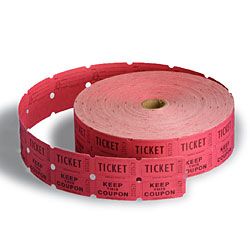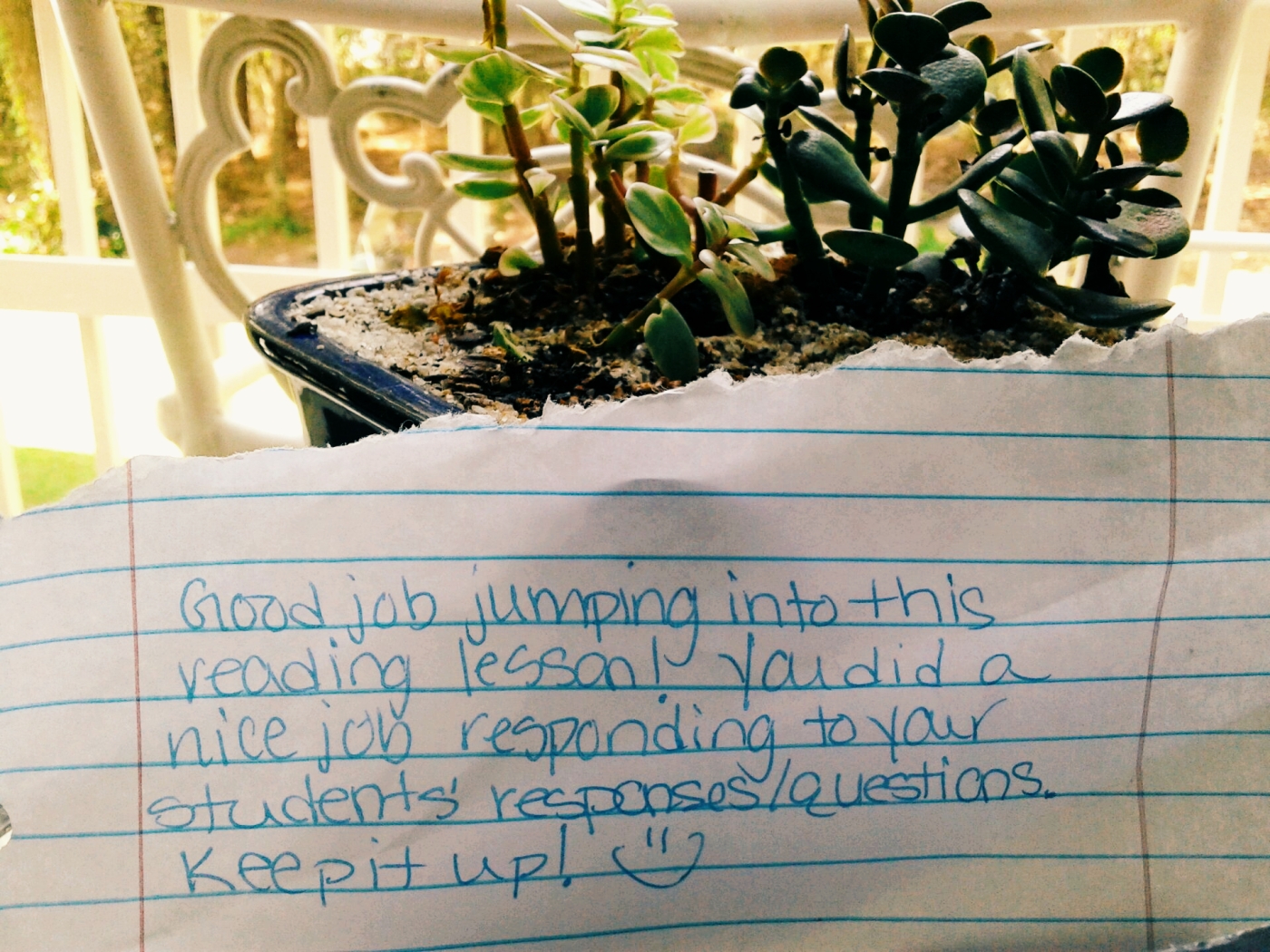When I stepped onto the grounds of Hogwarts Elementary School, my thoughts as to how the day was going to play out were nothing like what actually happened…
Arriving before the students, I took the silent opportunity to discuss a few things with my collaborating teacher, Madam Hooch. As I mentioned an observation lesson, she–without hesitation and unexpectedly–suggested that I should just teach today for practice. Almost immediately my heart rate escalated. Madam Hooch, sensing my anxiety, reassured me that she would be right here and that they best way to learn is to just jump in. Although “just jump in” is often clique, preferably I like slow, steady, gradual steps; However, even with a slight uncomfortable feeling, I listened tentatively to her explanation of the guided reading lesson she wanted me to do. Since reading is the last subject covered in the school day, I was able to briefly review the questions throughout the day. After she finished explained the guided reading to me, she went even further to ask me (excitedly) if I wanted to teach the math lesson as well. At this point I was feeling slightly overwhelmed, and the day hadn’t even started. Nevertheless, I proceed to ask what they were learning about. When Madam Hooch responded with “I don’t know, let’s go see”, I began to understand why she suggested me to “just jump in”. As we both reviewed the math workbook for the first time, I politely but bluntly told Madam Hooch that I really needed to be prepared to teach math since it can be difficult material for many students. With great relief, she understood. As the day carried on, the time gap for reading was drawing closer. Before starting, I passed out character roles to each group since the guided reading was a play. For each scene the character roles were going to rotate between the groups so that every student that wants to read had the opportunity to. As the class and I progressed through the reading, I sensed that the students were quieter and weren’t exactly themselves, but we made it through and the student’s responses to the higher order questions throughout the story were impeccable (FEAP 3f). There was never one time were I didn’t have hands raised to answer a question. When Madam Hooch and I were reflecting on the guided reading she gave me a few pointers that included: walking around the class to prevent behavioral problems, allowing the students to reflect upon a question as a group first, and various phrases that the class is familiar with–i.e. turn and talk indicates to talk to your neighbor.
After the day ended and I was able to clear my head and think about the occurrences of the day, there were many tips and reflections that were extremely useful.
When the students arrive in the morning, they have a routine to fill out their agenda with the following information: topics that will be discussed in each subject, homework, and spelling words. Madam Hooch informed me that her motherly instinct was her drive for this this routine. It is so essential to keep parents involved with your student’s education, and I think that this is a great routine because it not only informs parents of homework, but also about what their children are actually learning about and doing throughout the day because it increases the parental participation. When I’m an educator I’d like to create a weekly newsletter that informs parents or guardians what they can expect in the coming week. I would include information for volunteering opportunities in an effort to increase parental involvement because research in EDP 3273 showed that the expectations and involvement varies greatly on cultural values (FEAP 2d). Parental involvement can do wonders in a child’s education. It can increase attendance, increase positive attitudes and behaviors, increase willingness to do homework, and increase a student’s academic achievement. This is why it’s is so vital to try and reach out to parents and inform them of their child’s education. Another great resource that Madam Hooch presented to me was a Pandora Internet Radio station called ‘Classical goes Pop Radio‘. She was informing me about how students enjoy listening to music while they’re working quietly, but a lot of the Pandora stations aren’t radio edited (Radio edits are when all profanity is taken out). Classical goes Pop offers the tune of familiar songs without any of the words. I always loved when my teachers played music during individual work, so I’m thankful that Madam Hooch provided me with a family friendly route for popular music!
Questions for further development:
1. How can you get a child to do their work without continually asking, if they aren’t really interested in anything?
2.In an upper elementary classroom, how do you include your ELL students without making exceptions that lower expectations?





Recent Comments